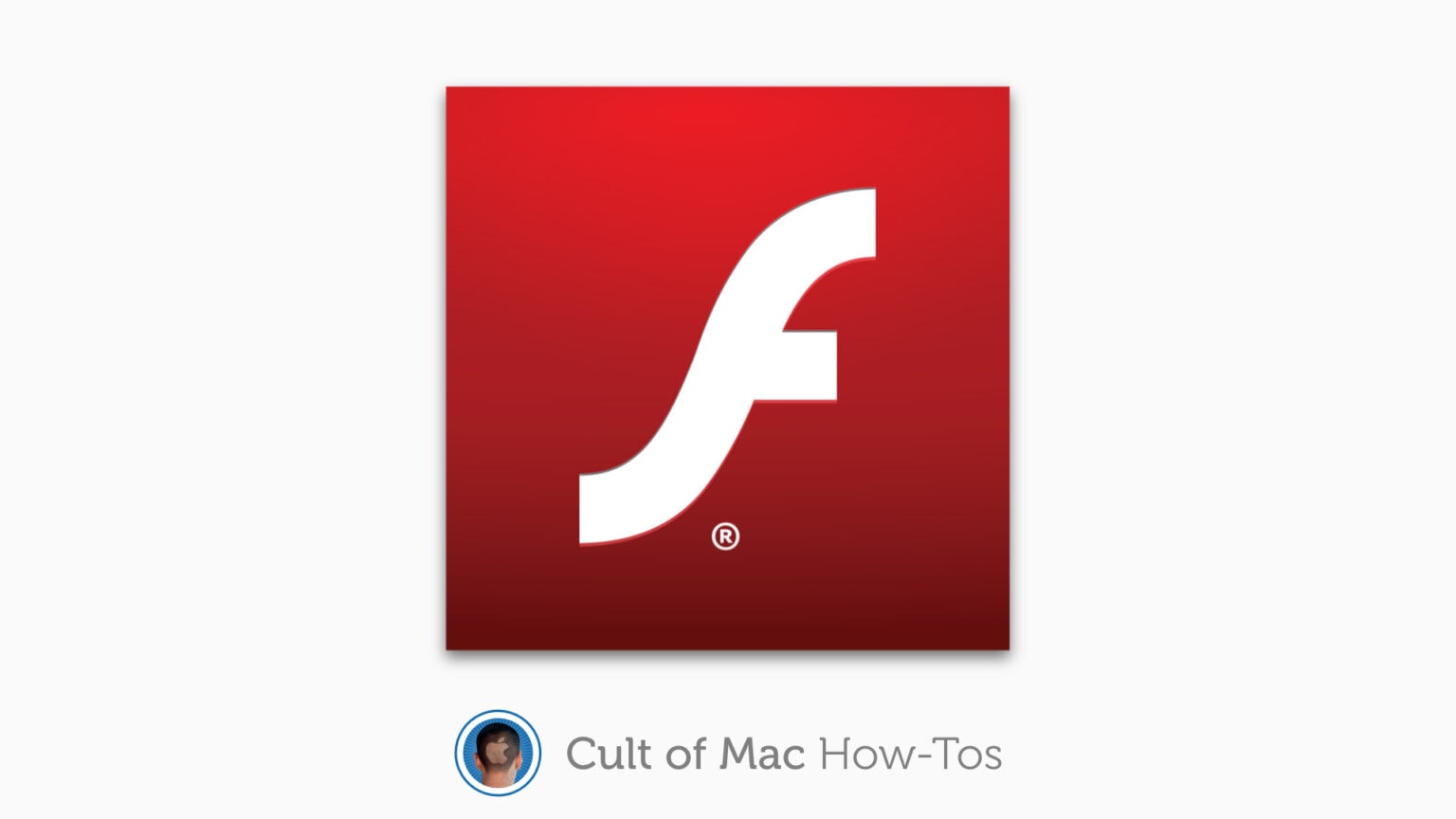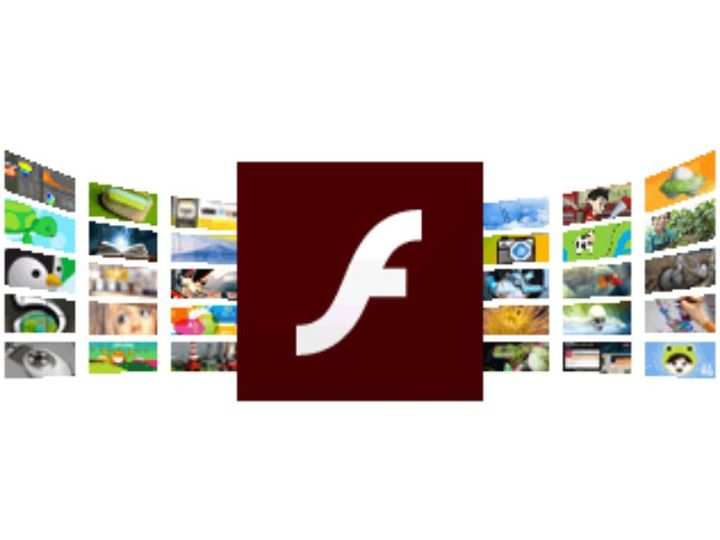
In case of Chrome browser, you can enable Flash Player support by going to “Privacy and Security” section in Chrome Advanced Settings.Ĭlick on 3-dots menu icon located at top right corner and click on Settings. Scroll down and click on Advanced. Scroll down again and click on Content Settings option located in “Privacy and Security” section.


For security reasons, it is recommended that you stick to the default option of enabling Flash on a Site-by-site basis. Next, click on Websites and make sure that Adobe Flash Player Plugin is selected for the website (See image below).Īt the bottom right corner, you will see the option to enable Flash when visiting other websites. This can be fixed by going to Safari Preferences screen and enabling Flash Player Player in the Plug-ins section.Ĭlick on Safari tab in the top menu bar of Mac and click on Preferences. Enable Flash in Safari/Chrome BrowserĮven after installing Adobe Flash Player, you may still find Flash Videos not playing on Mac. This is due to the default setting in Safari, which only allows Flash to be enabled on a site-by-site basis.
#MAC ADOBE FLASH PLAYER ON MAC INSTALL#
Note: Make sure you install Flash Player from Adobe’s official website and not from any other website. In case you haven’t done this, you can download and Install Adobe Flash Player by going to Adobe’s official Flash Player Page. In order to be able to play Flash Videos, you will need to download and Install the latest version of Adobe Flash Player on your Mac. If there is problem playing YouTube Videos, make sure that you have the latest version of Safari and Chrome Browsers installed on your Mac. Note: YouTube does not use Flash and you should not have any problem Playing YouTube Videos on Mac using either Safari or Chrome Browsers.


 0 kommentar(er)
0 kommentar(er)
